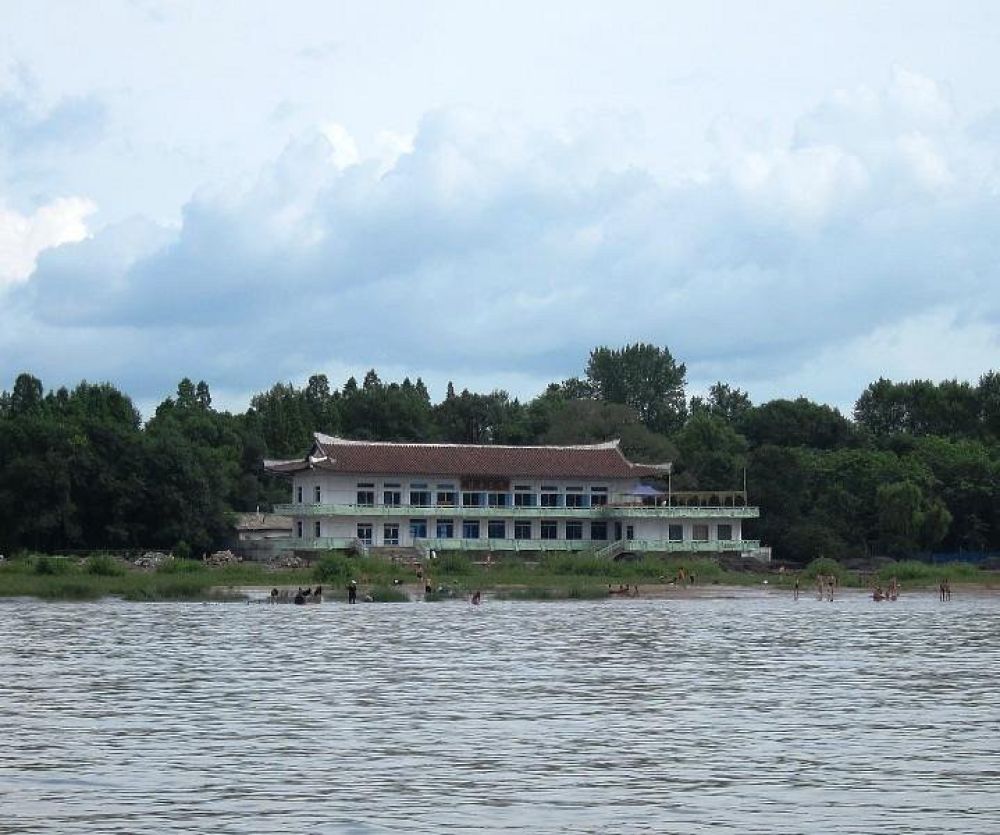

The Amnok River, also known as the Yalu River, serves as a natural border between North Korea and China. The Sinuiju region, located at the mouth of this river, has historically been a hub for trade and cultural exchange due to its geographic positioning.
In contrast to other tourist destinations around the globe, North Korea has maintained a very controlled and selective tourism industry. The Amnok River Bank Park has been part of North Korea's tourism offerings for foreign visitors but has always been closely regulated, as with other aspects of tourism in the country.
North Korea began to open up to tourists, primarily from communist countries, in the late 1950s. It wasn't until the early 2000s that tourism started to become a more significant industry, with Sinuiju being opened for day trips to Chinese tourists in 2003. Despite the opening, visiting the region has always been under strict supervision, with organized tours being the only way to see places like the Amnok River Bank Park.
As of the latest trends leading up to the cutoff in 2023, tourism in North Korea had been heavily impacted by geopolitical tensions and global events such as the COVID-19 pandemic. For a time, the nation's borders had been completely shut down to international tourists, significantly affecting places like Sinuiju and the Amnok River Bank Park.
Before the pandemic, tourists interested in visiting the Amnok River Bank Park would typically join guided tours from China, with most Western visitors needing to go through specialized tour operators that could secure the necessary permissions for travel within North Korea. Tours often included a walk in the park, where visitors could view monumental statues and experience a scenic view of the river that separates the two countries.
Looking ahead, the future of tourism for such a unique and tightly controlled location as the Amnok River Bank Park remains uncertain. North Korea occasionally announces plans to develop and invest in tourism infrastructure, including areas around the Amnok River, signaling potential for future tourism possibilities. However, actual developments and the loosening of tourism restrictions are difficult to predict.
Given the international interest in North Korea's unique position as one of the most isolated and secretive countries in the world, locations such as the Amnok River Bank Park have the potential to see growth in tourism if the government decides to pursue a more open policy in this sector. Any changes or developments in tourism trends for the region would be closely watched by the global community.